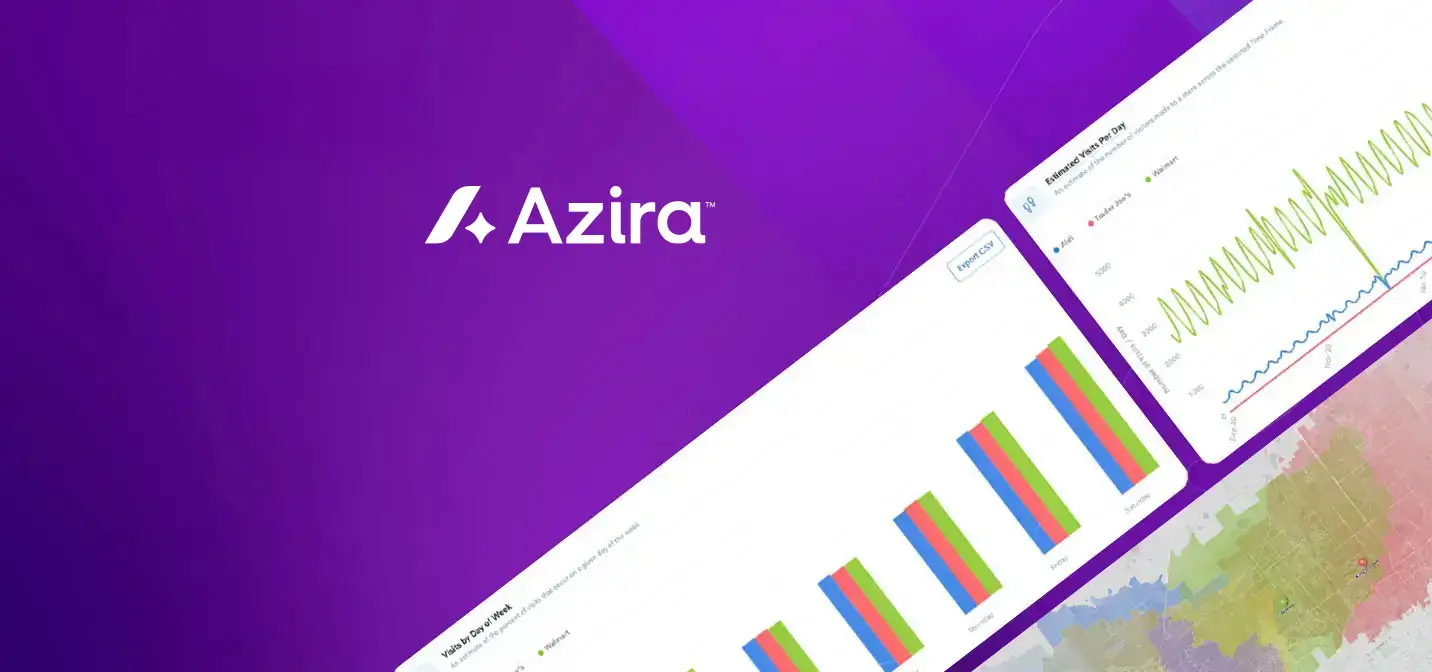For marketers to succeed, it is critical that they understand their target audience. Understanding their target audiences’ demographic, psychographic, and brand affinities can help marketers and advertisers develop customized creatives, messages, and promotions to target different segments. Data intelligence drawn from audience analysis is essential to fine-tune marketing and advertising campaigns.
What is Audience Analysis?
Audience analysis looks at people by specific demographic and technographic attributes. Vast volumes of data are required to generate intelligent groupings and streamline the production of content or the targeting of ads. To effectively define and target precise audience segments, marketers need to use data intelligence to conduct their audience analysis. Marketers can then adapt content and messages to engage each target audience based on their insights.
Benefits of Audience Analysis
Audience analysis helps companies better understand and connect with consumers in multiple ways. First, audience analysis helps marketers choose the channel and the content that will result in the best ROI. Knowing who the target audience is (and who it is not) can go a long way in creating effective business strategies.
Audience analysis then allows marketers to shape the messaging that will best resonate with their target audiences. It allows companies to communicate with the audience in using language they understand and visuals that they can relate to. Audience analysis can also help marketers watch out for culturally sensitive topics and other things to avoid.
Here are a few benefits of audience analysis:
- Target Accurately: Audience analysis can help marketers and advertisers target only relevant audiences on the basis of interests, demographics. location and more. An audience analysis and segmentation tool can help marketers determine who is likely to be interested in the product and target only the relevant audience, increasing the effectiveness of advertising campaigns
- Communicate Effectively: Effective communication with the audience is vital to customer engagement. Communication needs to be precise and aligned to audience interests. To accomplish this, marketers need to deeply understand the audience they want to engage with. Audience analysis helps them divide audiences into proper segments and craft custom messaging and campaigns to engage them successfully.
- Understand Customers: Understanding your customers’ demographics and psychographics can help reveal the positioning that will resonate best. Depending on their age, gender, location, values, affinity, and interests, marketers can hone the message and promotions to best engage each segment. The role of price, discounts, quality and other variables in acquiring and retaining customers can be understood through audience analysis on different platforms.
- Learn About Competitors’ Customers: For marketers to be as effective as possible, it’s important that they not only understand their existing customers but their competitors’ customers as well. By understanding the competitors’ customers, marketers can better understand their own brand’s opportunity for differentiation, as well as opportunities for winning those customers over with promotions or unique positioning.
Audience Analysis Use Cases
When should a business use audience analysis? Knowing the target audience is very important for creating and following a growth-oriented strategy.
Audience analysis can be used for the following purposes:
Identify target audiences:
Hone in on your target audience and segments in terms of age, sex, and education, a critical first step to developing marketing strategies to reach those segments.
Understand interests and values:
Know which channels to use:
Identify influencers:
Find new audiences:
Refine Targeting:
Audience Analysis Methodologies
When approaching audience analysis, a company can always start with first-party data, including data from sales, customer information in a CRM, past marketing campaigns, and more. Additionally, companies can conduct secondary research such as surveys, interviews, and more to supplement this data. In addition to first-party data and research, companies can tap into third-party data providers to augment and complement first-party data with views into new areas. For example, third-party data can provide a view into a brand’s customers beyond their touchpoints with the company, a look at new markets beyond where the company currently operates, and intelligence on the competitors’ customers.
While carrying out audience analysis, it’s important to keep in mind the basics of data collection and analysis.
Types of Audience Analysis
A business can have multiple target audiences and within each, several segments. To reach out to the target audience in a precise and effective manner, marketers need access to audience data intelligence. For example, audience expectations, beliefs, attitudes, and values play an important role in how an audience will receive marketing or advertising content.
There are three major types of audience analysis that when used together can bring a lot of clarity to target audience profiles:
Demographic Analysis:
Psychographic Analysis:
Brand Affinities:
How To Conduct Audience Analysis
Audience analysis is usually an intense process including a lot of brainstorming and data-crunching. The goal is to segment the audience into well-defined target groups you can use to develop and deploy effective communication strategies.
Here is a step by step guide to conducting audience analysis:
- Define your potential audience
- Define your priority audience
- Define characteristics of priority audience
- Define knowledge, attitudes, and practices
- Define barriers and facilitators
- Prepare audience segmentation
- Identify key influencers
- Develop audience profiles
How to Handle Enormous Amounts of Data
The amount of data available is enormous and growing every day. This is good news because the more data available to companies, the better their insights and ability to understand consumer needs. Top data intelligence companies in this space have data for billions of users around the world, processing multi-billion events every day. This means they can offer real-world, actionable intelligence from datasets that rank among the largest in the world.
Most third-party data providers and data intelligence companies offer privacy-safe services and use rigorous data quality standards. For example, Azira offers data science and analytics services that combine data and insights from digital and real-world data to provide actionable insights for smarter marketing and operations decisions. The platform follows a privacy-first model where it never stores or deals with personally identifiable information (PII).
How Data Intelligence Companies Can Help With Audience Analysis
Data intelligence is an integral part of audience analysis and can provide powerful insights that can inform business decisions. Leading companies in this space offer insight-as-a-service platforms for companies to use and benefit from at scale.
With the amount of data available constantly growing, AI-powered audience analysis and marketing automation provide companies with capability and scale. Companies providing audience analysis services can offer enriched data in real-time that leverages data on both digital and real-world behavior of your target audiences.
In today’s business environment, intelligence on people, places, and products are necessary for better customer experience and higher ROAS.
Data intelligence solutions help your business in the following manner:
Increase conversions and customer loyalty
Drive in-store footfalls with accurate targeting
Identify and attract your target audience
Comply with privacy standards with consumer-centric, data-driven governance
Upsell and cross-sell based on consumer insight
Use real-world data in sales prospecting
Conclusion
Audience analysis is key to understanding your target audience and communicating effectively with them. While audience analysis can be a rigorous process, it is a critical step in developing a marketing strategy. To ensure your audience analysis is as thorough as possible, it is important to include data beyond your direct interactions with customers. Third-party data intelligence providers can offer you a deeper view into consumers, whether you are looking to better understand demographics, psychographics, brand affinities, or general behaviors. With effective audience analysis, you can ensure that you reach the right customer in the right channel with the right message to achieve marketing success.




